Trauma still carries an element of stigma in today’s world. It is more the reason why we need to understand what it is and what can be done to release it. Here, we speak with David Berceli, the founder of Trauma Release Exercises.
Holding trauma in the body is not a sign of weakness; allowing it to remain however does weaken the body. Trauma Release Exercises is a wonderful opportunity to release tensions from known and unknown stresses and traumas as well as a way to enjoy more ease and well-being in day-to-day life.
Q
What is Trauma Release Exercises?
A
This series of exercises evokes an autonomic response in the body, meaning the nervous system generates that tremor mechanism. That mechanism is not part of the conscious ego brain. It is something that is automatic in the nervous system.
Once evoked, the person is now letting go of their conscious brain. They don’t even have to think about it, or do anything. They just lay there and let it tremor. It works – actually it works better – without consciousness, because lots of people try to control it.
Q
Why is Trauma Release Exercises different from other modalities and tools?
A
Most other modalities are big blockages still, even if they are body-based, because they are guiding you or directing you to do something. You are still hitting up against the ego, if there is a defense to it. That would many times be unconscious and so you’ve got resistance going on. It is not to say that this doesn’t happen in this modality, but the difference with this is, when the body is shaking, it is also inducing pleasure, making pleasure hormones available. It is sort of negotiating with the ego all by itself. The ego won’t let go, in fear, but you increase pleasure and the ego is like, “okay maybe I’ll let go a little bit.” You allow the dialogue to be within the organism itself.
Q
How do you deal with that resistance?
A
I am a clinical counsellor myself and when I see people have resistance, I say not to worry and let’s just stop. I think that is healthy for them. We stop and we just sit and talk. Then we start the tremor up and for some reason they find it easier. The whole thing is done on a very unconscious autonomic level of the organism trying to move itself in the direction of health.
This is why Trauma Release Exercises is radically different in some ways from other alternative medicine. You really get around the ego and most of the defense mechanisms.
Q
Why do we need to evoke the tremors? Why is it not automatic?
A
It is in some circumstances. Here are some examples where we allow it in our culture, though we still don’t like it. If you are in a car accident and you go, ” oh my god, I’m shaking. I’m shaking.” That is spontaneous. Once the stress is over, the body shakes itself to reduce the stress level. It should be automatic. We should be able to down-regulate as quickly as we up-regulate.
Even in happy situations. You are getting married and just before you walk down the aisle and you start shaking. Your stress level may be elevated, out of the anxiety of maybe tripping or that people may not like the dress. We create our own social traumas.
You can see many episodes in life where that shaking mechanism does automatically activate but as soon as it does, we don’t like it. We pathologized it into something bad so we deliberately try to stop it.
When people feel they are centred or safe, the core has started to release. That’s what this autonomic mechanism does; it travels through the core.
Dave Berceli
Not only in our social structure we don’t like it but even in the field of medicine. Because they have not really understood what it is, they actually medicate to stop it. Even women after they birth children will often tremor uncontrollably, which is the completion of the birthing process. We don’t accept that in the medical field so we actually stop the woman from doing it. It’s quite interesting. I’ve worked with many women and they will lie there in tremors and their feet will go up like they are in stirrups and they can feel the pulsation of the birthing process.
Our human body has been trying to show us over and over that there is a purpose to the tremors or we would have evolved out of it.
Q
What difference would it be if I just consciously started shaking?
A
That’s what yogic shaking, tai chi shaking…where you shake the body consciously. You are supposed to do it until it evokes an autonomic response, until the body is shaking by itself. In that sense, it is the same thing. But standing there and shaking consciously is not going to work. It is an unconscious mechanism. When the autonomic system does it, it does it from deep within the core. If you make the shaking happen, it is usually the muscles in the limbs that are doing it but that isn’t where the trauma is.
Trauma is some core pattern of contractions. When people feel they are centred or safe, the core has started to release. That’s what this autonomic mechanism does; it travels through the core.
After someone learns the exercises, they should be able to just lie down and start to shake. We all pick up stress during the day.
Q
How did you find out about the tremors?
A
I was living in Lebanon and we were in bomb shelters. After, and even during, the bombings, I watched the little children and they’d shake in terror. I thought that was natural that they were shaking because they were frightened but none of the adults would shake and that was a curiosity.
I thought we were just as frightened as the children and that’s when I began thinking that the children are showing us a more natural way of being in the body. Just like a two-year-old when he falls, he cries. They haven’t learned to inhibit that yet. When kids are ten years old and they fall or hurt themselves, they’ve learned how not to cry.
We learn and we are trained how to inhibit pulsation, if you will. Organic expression of sadness and fear and anger. We learn to control it and the tremor mechanism is one of those things we have learned how to control.
Q
Is there a clinical definition of trauma?
A
There is a clinical definition but I don’t agree with it. If you put stress at one end of the scale and trauma at the other end, it is a matter of degree. That’s all.
Each of us could be in the same situation and that degree could be different. A lot of it may depend on our childhood. It is not either trauma or stress. That does not exist. We do it clinically so we can put it in the DSM4 and we define trauma as an overwhelming situation out of which you persist with these symptoms – flashback or disturbance of some sort.
Q
What would make someone more resilient to levels of stress?
A
Now that is a big argument in clinical circles. It’s not an easy answer.
There are two studies I read and I love it when studies completely contradict each other. It means we don’t know. We really don’t.
They did a study on soldiers to try to determine which ones got PTSD more. They took soldiers from poor populations that lived in inner cities and that were most likely living in violent families or violent social situations, etc. They have already been traumatized.
And then they took these white upper middle class boys. They wanted to see if people with early childhood traumas were more resilient to adult trauma in war or less resilient.
The two studies contradicted each other. One study said they got less PTSD because they were already familiar with it. The other study said [the second group of] people had less PTSD because they had attachments and had safer childhood and therefore they were less traumatized.
I really think the government misses and what our research misses is that just because you do not have a reaction does not mean that you are not traumatized. It can be that you are dissociated.
Q
And that can be more dangerous in the long run.
A
Absolutely.
They developed a desensitization program in the military. What they would do is show soldiers these horrible pictures over and over and over, claiming if they see them enough times they become desensitized and will no longer have post-trauma symptoms. They drove these soldiers into dissociation.
I was in that state too when I lived in war. We were bombed and bombed and bombed and at a certain point, you just sat and said, “we are being bombed again” while having a cup of coffee. There is no reaction.
No energetic response to it at all but it was because we were dissociated from life-or-death threats. That was not healthy and that made us take risks that we would never have taken had we been healthy. We used to just run across the street knowing there was a sniper down there and our big joke was “let’s all three of us run together; that way, we have two thirds of a chance to make it.” We thought that was a good idea. Any normal person would say it makes no sense to go out there for a cappuccino when there is someone out there who could kill you but we were so desensitized.
I think that’s the problem; they are not checking it out if it is dissociation that we have created in them [study subjects] or that they truly are not having any post trauma effects.
Q
Even through there is a spectrum from stress through to trauma, certainly there are some events that will traumatize everyone, like war.
A
That’s what I believe to be true. I believe every single time a person does get traumatized, it is a matter of degree of the trauma and their social support network when they come back. You could get attacked by a gunman out here and with a strong social support network, you could heal with that but the shaking out mechanism is essential to help move the body faster or more effective toward the direction of healing.
Q
When you move the body it also helps the mind?
A
Oh, absolutely because it is a neuro-physiological dialogue that goes on. It is really the body and the brain that are together creating the tremor response. It takes some of the nerve system in the muscles to communicate with the nervous system in the brain. It takes that communication to both start the tremor response and stop it.
Q
So the more you do trauma release you would be more resilient then?
A
Yes, absolutely. I know from my own life that the more I do it the more resilience I demonstrate. I still go back to war zones, poverty zones, disaster zones, and situations like that.
It is easier to be there and it is easier to feel myself when I am getting frozen or dissociated. When I come back, it usually takes about five or six days of me being persistent on working on my own self and then it is gone. You can actually feel it’s gone. It does not exist anymore. There is no longer that charge. Now I feel centred. I feel safe. I feel now I can let go.
Q
These responses naturally happen. Do the people recognize it?
A
Yes, they can feel it. Now that is a curiosity and will be next doctoral thesis. What is centredness? All over the world, all the cultures, people will say that and so if we can pull that word out as a species, there must be some physiological thing that actually occurs that generates the concept of centre, and that we can feel it. I would love to know what that is.
There is something about being in the body. You feel safe. It’s not like you are living with a level of anxiety or startled underneath. The organism is just back to homeostasis and life is good.
The tremor response moves the organism back toward that direction.
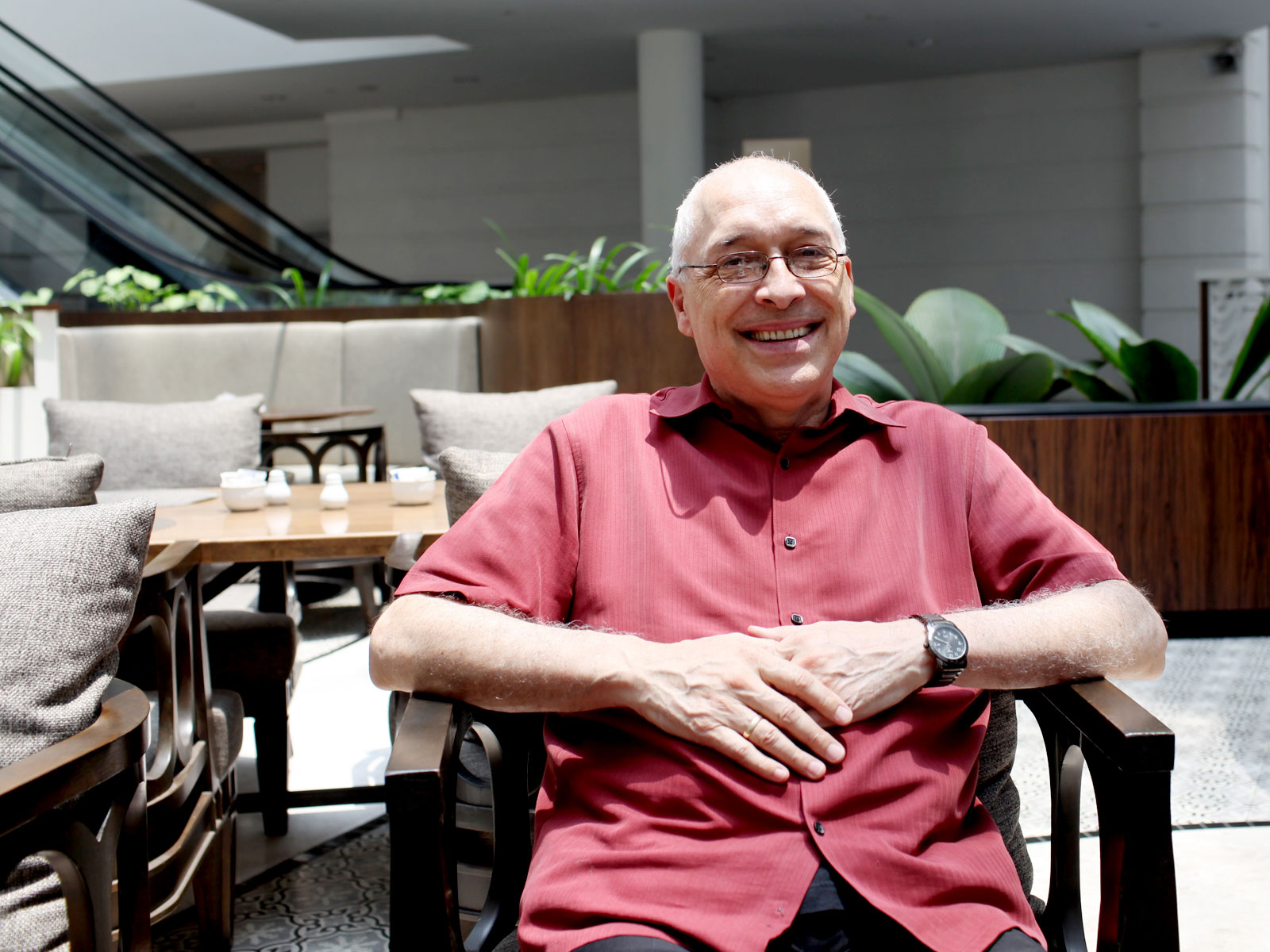
Q
When you work with someone you may not know what trauma may come up and you actually don’t need to know?
A
Both of those are true. I have had people come and say they want to work on their anger with their mother or their father or about their divorce but I tell them that I don’t know if that’s what your body wants to do right at this moment.
Here’s why. If you are holding anger about your divorce in your pelvis or your guts and it’s squeezed very tight, there could be 3000 reasons why you squeezed it tight before as well. The body doesn’t care why you squeezed it tight; it only cares that it needs to get rid of it.
The body truly lives in the present moment. It doesn’t have a past or future experience of itself and it only knows it is tight now. It doesn’t care about the reasons so all of it can come out. The one that comes out and feels most important may be the time you had gastro problems and you had to be in the hospital. Now that memory could be evoked and released but the anger connected with your divorce could also be released with it.
The body is really leading the session. Not the client. Not the clinician.
Q
Do people come see you because they have experienced a trauma and do they keep seeing you to keep releasing? Do they learn the exercises and work on it themselves?
A
It depends. Now people come because I teach body psychotherapy. They come to me because they want to do bodywork.
But here’s what happens when you come for a session and we doTrauma Release Exercises . I always educate my clients and share what I see. I am a licensed massage therapist so I can do hands-on work. So I see what may be stuck, like your shoulder or your neck. So I will do release work while you tremor on the floor. The tremor mechanism is responding to the release. I help move that tremor mechanism through different parts of the body.
If I can see that you don’t flood and you don’t dissociate or become frozen in some way, then I would ask you to do the exercises three times a week for about one month. If you still have problems after that or if the stress is not gone or emotions start to surface, then you call me up and we do another session but I won’t do another session until you do your own work.
There is so much we can do to self heal and I really am trying to educate my clients to self-heal. They only need me when they get to a place where they need to go deeper or they feel stuck.
Q
You work with them this way because you are also a clinical psychologist.
A
If an emotion comes up, as an example, I will allow them to tell the story and I will process it with them. If someone teachesTrauma Release Exercises but is not a clinician, I tell them they can receive the story but they can’t process the story. They can only hear it because they have no clinical understanding of transference, counter-transference, and the complications that can come with that. They will just refer these clients out.
I start always with the bodywork because I believe that will guide the session to where it needs to be at the moment. Sometimes I work with soldiers only one time but I make it a very powerful one-time experience. Then they can go home and do it by themselves afterwards.
We are self-healing. We can do it. Sometimes I think clinicians disempower clients from that. They make clients dependent on them.
Just because you are crying doesn’t mean you need a therapist. If you have a husband who is warm and friendly, go home to doTrauma Release Exercises and when you cry, ask him to hold you. I try to empower my clients. We have to break both what psychotherapy has done to society and cultures and add a new element of self-empowerment and self-healing.
Q
For many Asian cultures, speaking of trauma outside of the family is taboo so this is fantastic.
A
That’s right. So the tremor mechanism reduces even that social stigma of talking. They have a different reference, which is their body. Once they start talking, then you can build it into the next level. Even when they are talking about emotions, they are still talking about this experience, rather than about themselves. It makes talking about themselves a secondary issue and it makes it easier to do.
Q
When do you think kids stopped doing the tremors naturally?
A
Probably around the age of two, when we start disciplining and training them. It’s early. We will hold children when they are shaking and tell them it’s okay now and that they can stop shaking. We actually train them to inhibit this response.
Q
Animals shake naturally.
A
That’s right. There are theorists who guess that in our mammal evolutionary process, we haven’t evolved out of that yet. If we didn’t need it, we would have lost the need. But we still do it. Not only do we do it, I am trying to demonstrate that we do it much more often than we think and it is not nearly as strange as people think it is. If you pay attention, you’ll see it all over the place.
Q
At what age they would benefit from relearning it?
A
One of the trainers here in Singapore teaches Trauma Release Exercises to his two daughters. He started them at four years old. His whole family tremors. I have a lot of families who do it together and they do it for the sake of the children. They make it into a game but they are introducing the kids to how to deal with their own stress.
I’ve worked with someone who is 95. What I discovered is that generally from about five up to eleven, they evoke the tremors very easily. Even traumatized children. I think at that age, it is just pleasure and relaxation for the body. After 11, after they start to be more individualized, that’s when they start to have resistance, when they start to have control over their body and own lives. They start to resist letting go of control.
After about 11, it starts to be a little more complicated, up to about 65 or 70. Then after that, you get the older people who are more like “Let’s see what this is all about.” They come in and tremor beautifully. They love it. I have this 95-year-old guy send me a video. His grandson taught him how to tremor and he said it was wonderful and he hasn’t done anything so pleasurable. It is very cute and he gave me permission to put it on youtube.
If you look at those two ends of the spectrum, it is just natural and there is no resistance. It is pleasurable. For those who have done it for a while, they now just do it for pleasure. It releases the diaphragm – they can breathe deeper. They feel relaxed and it feels like pleasure, which is different from “I’m releasing trauma.”
David Berceli, PhD is the creator of Trauma Release Exercises (TRE) and is an international expert in trauma intervention and conflict resolution.Trauma Release Exercises is a simple but powerful way to release tension in the body, created as a result of chronic stress or trauma.
Dave has brought Trauma Release Exercises around the world, teaching this technique and providing trauma relief workshops, as well as designing recovery programs for international organizations. Dave’s fluency in English and Arabic, extensive travelling, and experience and understanding of religions and ethnic customs has enabled him to support people to deal with personal trauma and to move to reconciliation between diverse groups.



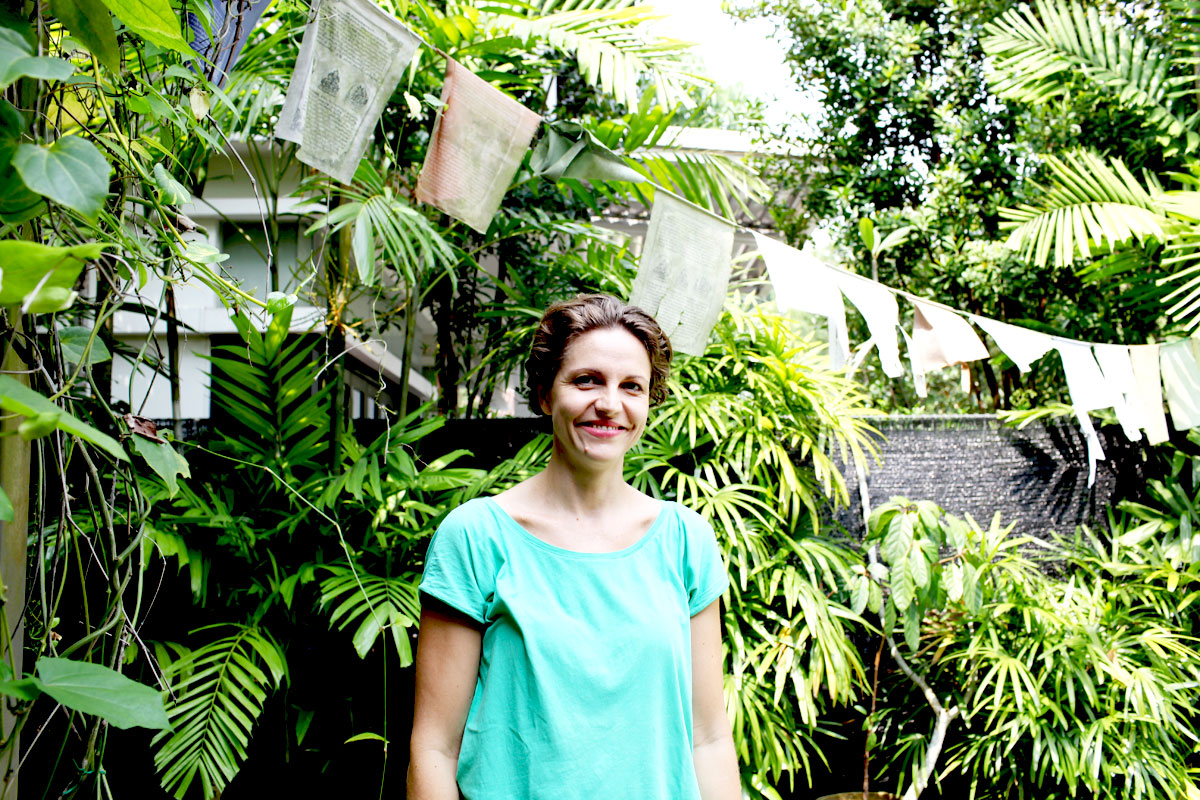
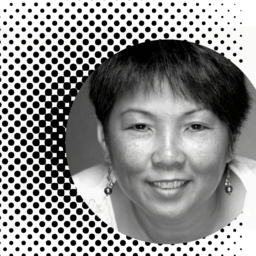
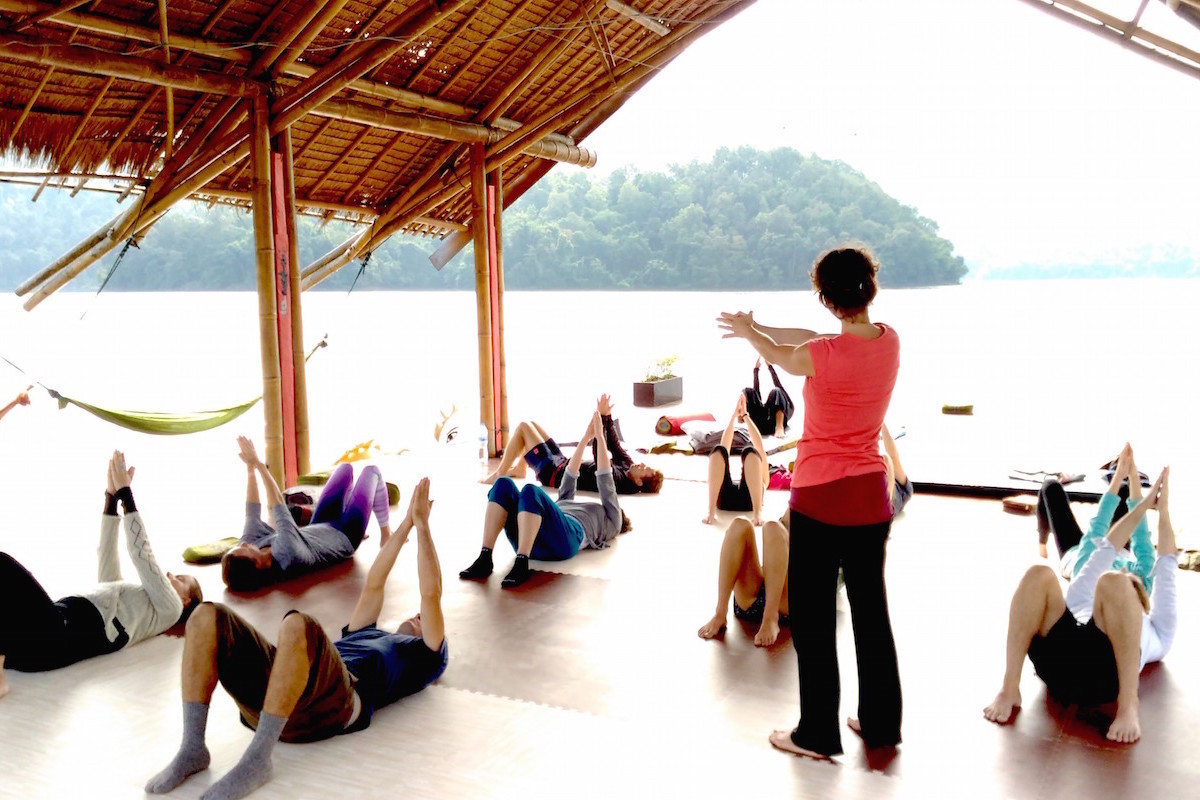






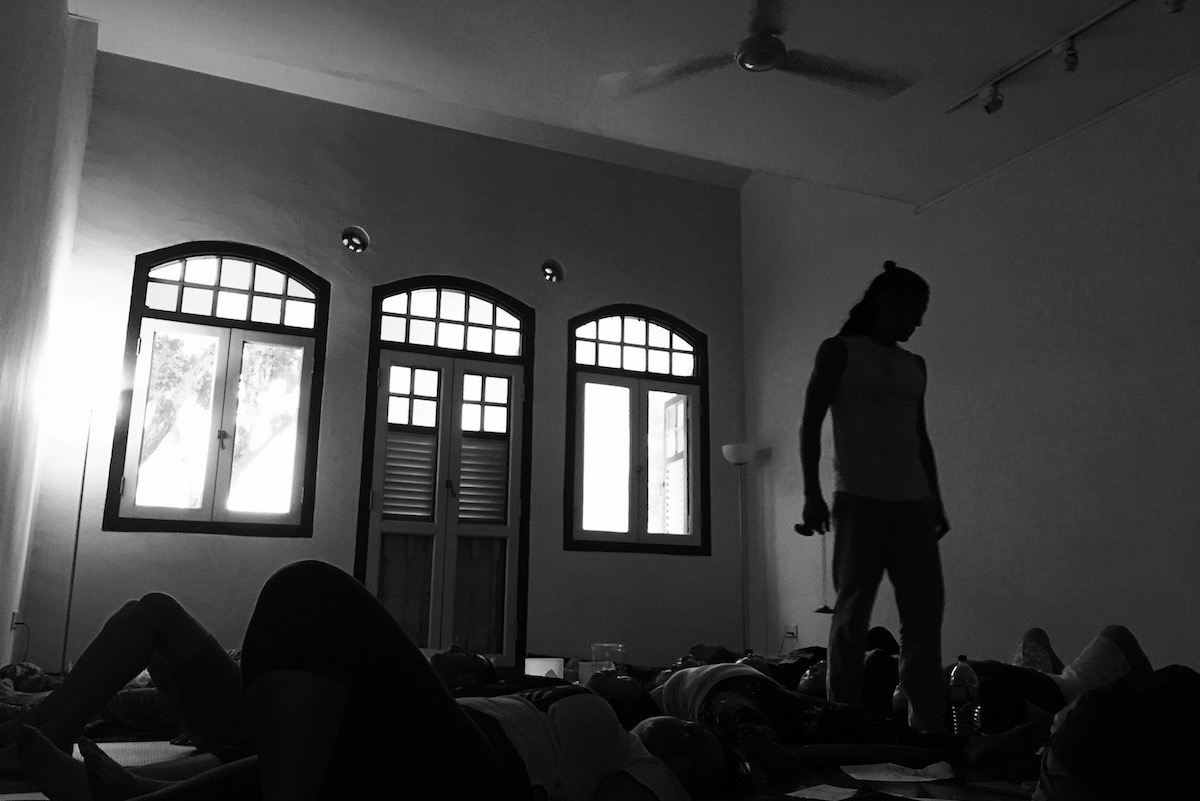


Hi, may I know is there a workshop for Trauma Releasing Exercise conducted by David Berceli?
Thanks & Regards
Sally
Where are you located? Dave Berceli doesn’t lead all the workshops.